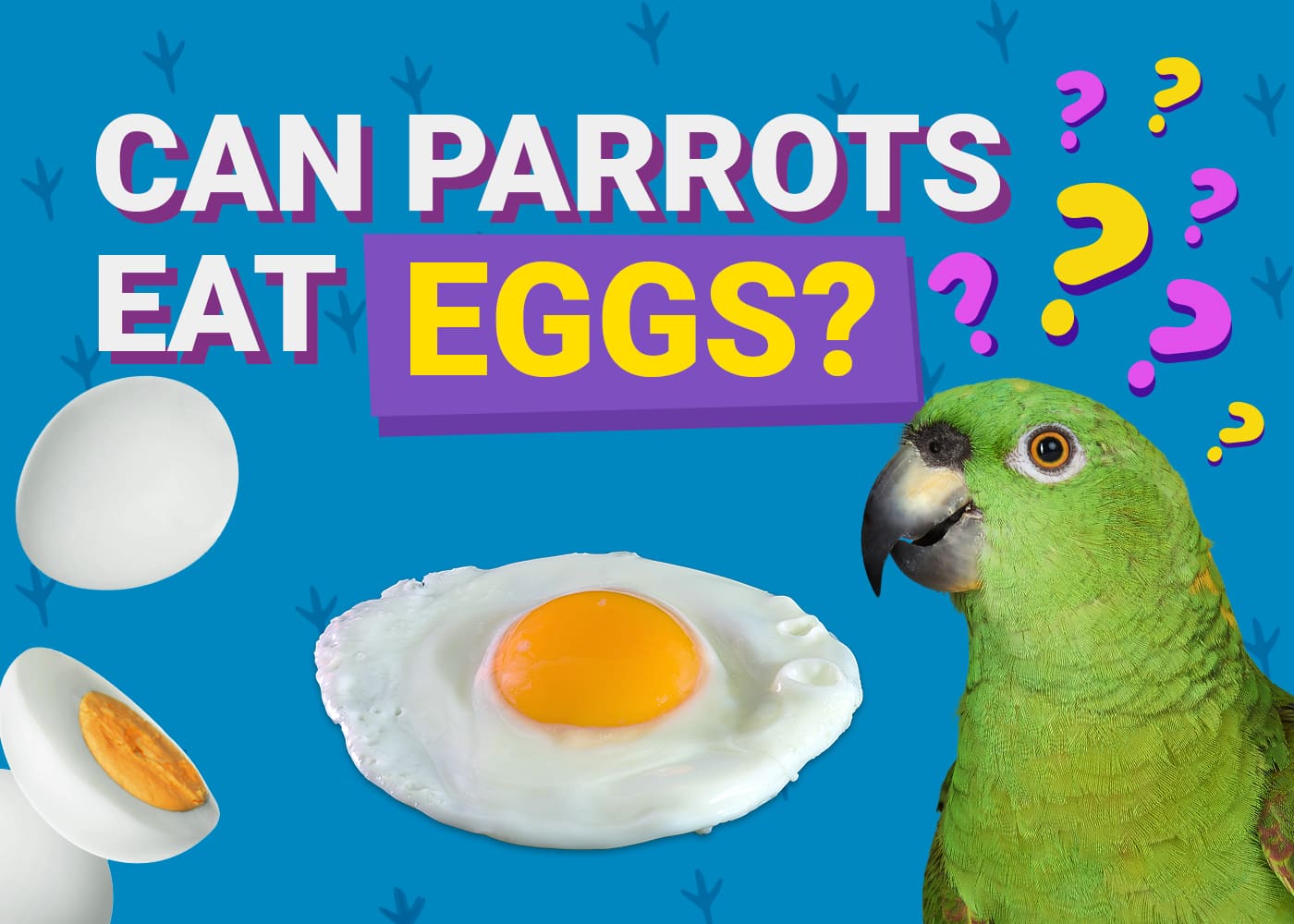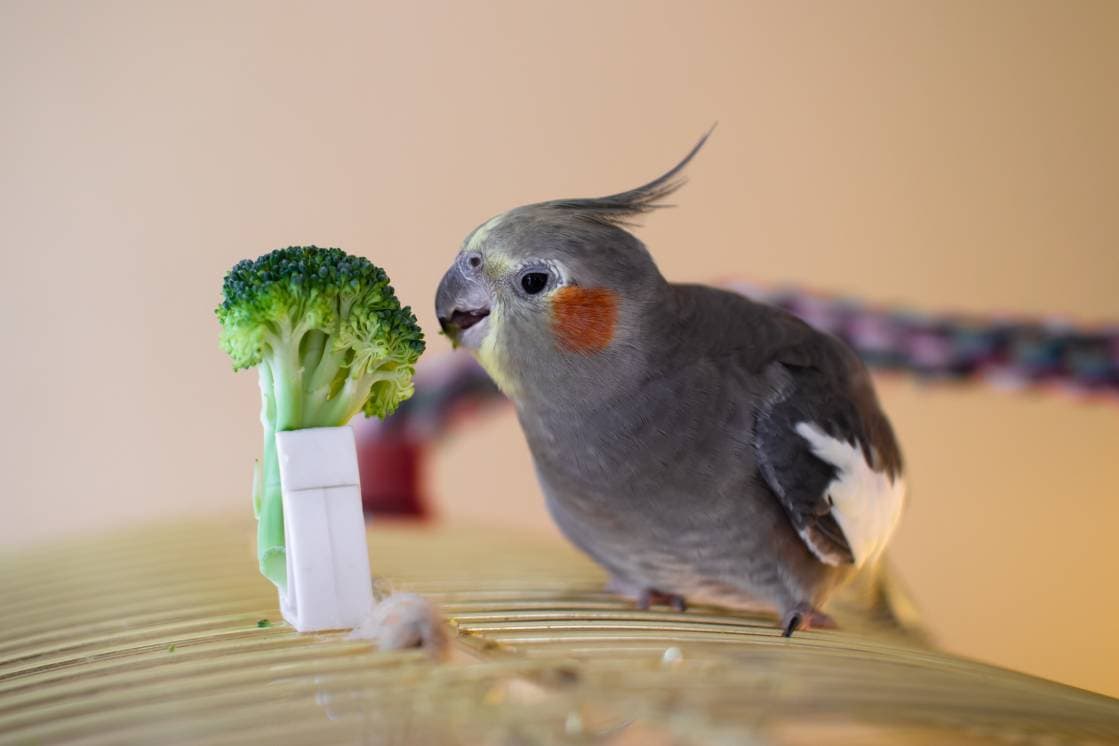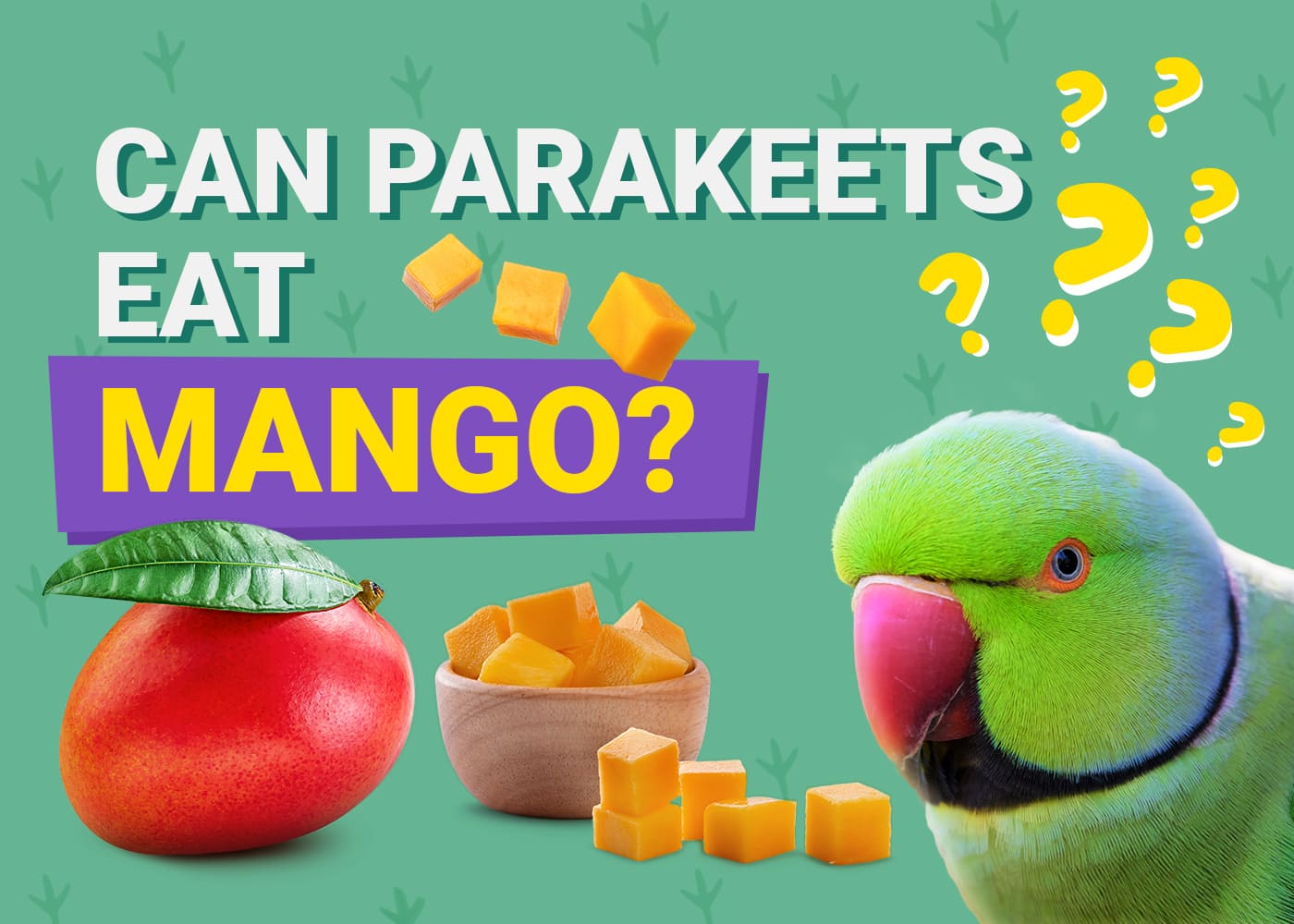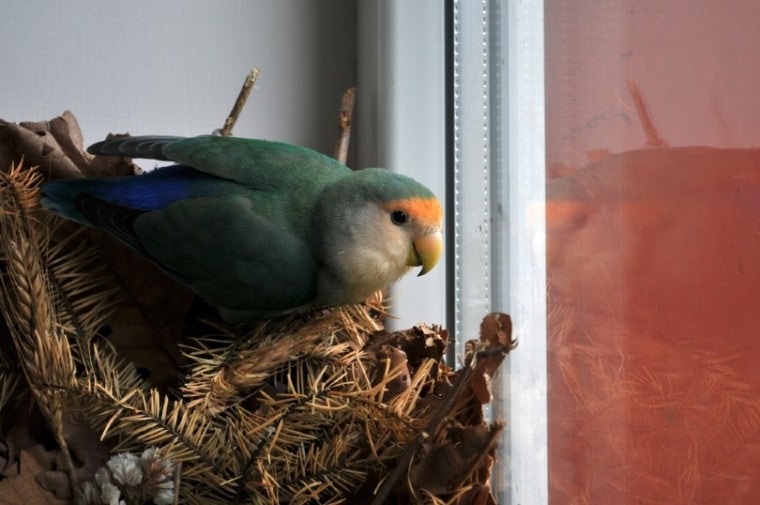
Lovebirds love nesting boxes, whether they are getting ready to raise babies or they are simply enjoying their lives. Nesting boxes provide comfort and safety, both of which are instinctively important for many bird varieties, including the lovebird. But what kind of nesting materials should be used when creating a nesting box for pets or wild lovebirds? There are many different options to choose from! Here are the best nesting material options to consider along with their pros and cons.
The 5 Best Nesting Material for Lovebirds
1. Wood Shavings
Wood shavings are inexpensive (or free, if you work with wood on your property!) and easy to find. The shavings make for great nesting material because they dry fast when they get wet, they offer comfortable padding for eggs and babies, and they happen to smell fresh. Cedar and pine shavings are great options due to their density and smell.
On the downside, wood shavings need to be replaced regularly to keep a nesting box clean. They may also contain harmful chemicals and additives that are toxic to lovebirds. Therefore, any wood shavings used in their nesting box should come straight from the wood source. Avoid shavings that have been treated or come from pre-treated wood.
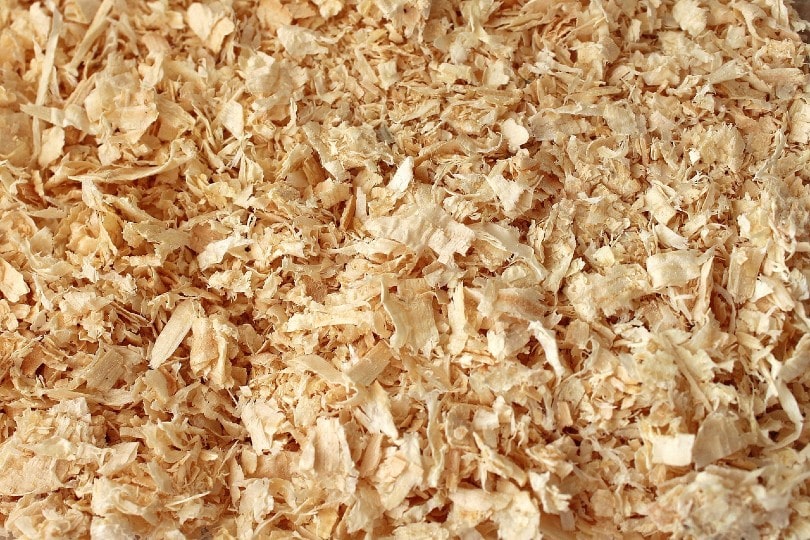
2. Corn Cob
Bedding made of corn cobs is a sustainable option that lovebirds seem to enjoy. Luckily, you can purchase corn cob bedding and avoid having to shred cobs at home yourself. What’s great about corn cob bedding is that lovebirds can nibble on it as a snack between their meals. It is easy to work with, it is long-lasting, and it does not collect and harbor unwanted smells.
The biggest con is that this bedding is one of the most expensive options available on the market. Another concern is that corn cob bedding tends to dry slowly when it gets wet, which can cause molding and result in respiratory issues for lovebirds. Therefore, it should be changed as soon as it gets wet or damp for any reason.
3. Shredded Newspaper
If you have a paper shredder at home, you can turn all your old newspapers, bills, and fliers into bedding for a lovebird nesting box. Shredded newspaper holds up surprisingly well under the feet and wings of lovebirds. It tends to stay fluffy and holds up to humidity well. It can be mixed with other types of bedding too.
However, there are negative aspects to consider before deciding whether to use newspaper shreds as nesting box bedding. First, fresh newspaper needs to be added multiple times a week because the paper shreds tend to get moved to the edges, which results in a bare middle. Also, it takes time to shred enough newspaper to cover the average-sized nesting box, which may be time that you don’t have during your busy week.

4. Straw
Straw can be found at any livestock store and holds up well to wear and tear, which means that it rarely needs to be replaced. Straw is soft and comfortable yet firm enough to stay intact under the pressure of eggs, babies, and fully-grown lovebirds. Straw is large enough that lovebirds do not try to eat it. It also effectively absorbs moisture from freshly laid eggs, helping to keep the nesting box clean and safe for ongoing use.
Something to consider, however, is that straw can be tough for smaller lovebirds to navigate through. Eggs can fall through the straw and end up cracking on the bottom of the nesting box. This material also does not hold up well to rain and high humidity levels, so it should only be used in a climate-controlled space.
5. Leaves
In a pinch, leaves can come in handy as nesting box material. Leaves provide comfort and are waterproof, which makes them perfect for outdoor nesting boxes that are exposed to most outdoor weather elements. Leaves are free and can be collected on a whim, so no planning or shopping is necessary when it comes time to refill the nesting box. Leaves also break down naturally, so there is no need to clean the nesting box out. Just keep adding new leaves as the older ones break down!
What some owners may not like about leaves is that they tend to break down pretty quickly, especially when they are dried out because lovebirds crush them under their feet. Also, leaves do not provide as much protection for eggs as some other nesting box material options. Larger leaves do not provide much softness and comfort for baby lovebirds either.

Final Thoughts
With so many materials available for use in nesting boxes, it is a good idea to try a few different ones and figure out which your lovebirds like the best and which are the most convenient for you. You may find that a mixture of two or more different types of materials works best for one or more reasons. Some options on this list (like leaves) can be kept in mind as backups when your preferred material is not available.
- You May Also Like: Where Should You Buy a Lovebird?
Featured Image Credit: goja1, Shutterstock


